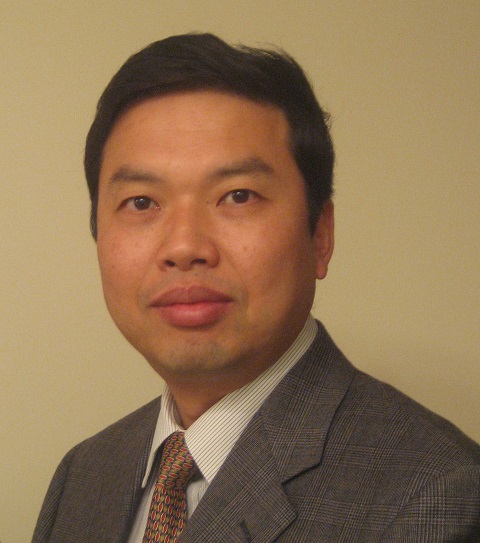报告题目:Cell-instructive surfaces via nanotopography
报告人:Prof Bo Su University of Bristol
报告时间:3月29日10点
报告地点🤸🏿♀️:英士楼201会议室
联系人:杨振忠
Cell-instructive surfaces via nanotopography
Prof Bo Su
University of Bristol
 Cell-instructive surfaces that deter bacterial biofilm formation while encouraging tissue integration are highly desirable for application in orthopaedics and dentistry where there is often a competition between host tissue cell growth and bacterial colonisation at their surfaces. It has been known that nanotopographical cue is a potent modulator to both eukaryotic and prokaryotic cells under complex physiological conditions. The question is whether we can utilise their differential responses for the rational design of ‘smart’ implants that possess cell-instructive characteristics. In this talk, I will give an overview of our recent work on the surface nanopatterning and their effects on stem cell and bacterial response. Inspired by cicada and dragonfly wings whose surfaces have been shown to display bactericidal nanotopographies, we have produced a range of nanoprotruding surfaces on titanium and polymer substrates. We have shown that it is possible to elicit differential cellular and bacterial responses using nanotopographical cue. The nanopatterned surfaces are selectively bactericidal against certain bacteria, while inducing osteogenesis. These cell-instructive properties, together with the ease of fabrication of these nanopatterned surfaces, hold great promise for the fabrication of ‘smart’ implants for orthopaedics and dentistry.
Cell-instructive surfaces that deter bacterial biofilm formation while encouraging tissue integration are highly desirable for application in orthopaedics and dentistry where there is often a competition between host tissue cell growth and bacterial colonisation at their surfaces. It has been known that nanotopographical cue is a potent modulator to both eukaryotic and prokaryotic cells under complex physiological conditions. The question is whether we can utilise their differential responses for the rational design of ‘smart’ implants that possess cell-instructive characteristics. In this talk, I will give an overview of our recent work on the surface nanopatterning and their effects on stem cell and bacterial response. Inspired by cicada and dragonfly wings whose surfaces have been shown to display bactericidal nanotopographies, we have produced a range of nanoprotruding surfaces on titanium and polymer substrates. We have shown that it is possible to elicit differential cellular and bacterial responses using nanotopographical cue. The nanopatterned surfaces are selectively bactericidal against certain bacteria, while inducing osteogenesis. These cell-instructive properties, together with the ease of fabrication of these nanopatterned surfaces, hold great promise for the fabrication of ‘smart’ implants for orthopaedics and dentistry.
Prof Bo Su is Professor of Biomedical Materials within the Bristol Dental School at the University of Bristol, UK and leads the Biomaterials Engineering Group. He obtained his PhD in Materials from the University of Birmingham in 1998 and was awarded an EPSRC Advanced Fellowship in 2003. He joined the University of Bristol in 2005 as a Senior Lecturer and was promoted to Professor in 2013. His current research focuses on physical modulation of cells and bacteria. He has used a range of micro/nanopatterning techniques on titanium, ceramics and polymers for the development of cell-instructive surfaces. He is also interested in translational research in biomimetic and bio-inspired materials for various medical applications.